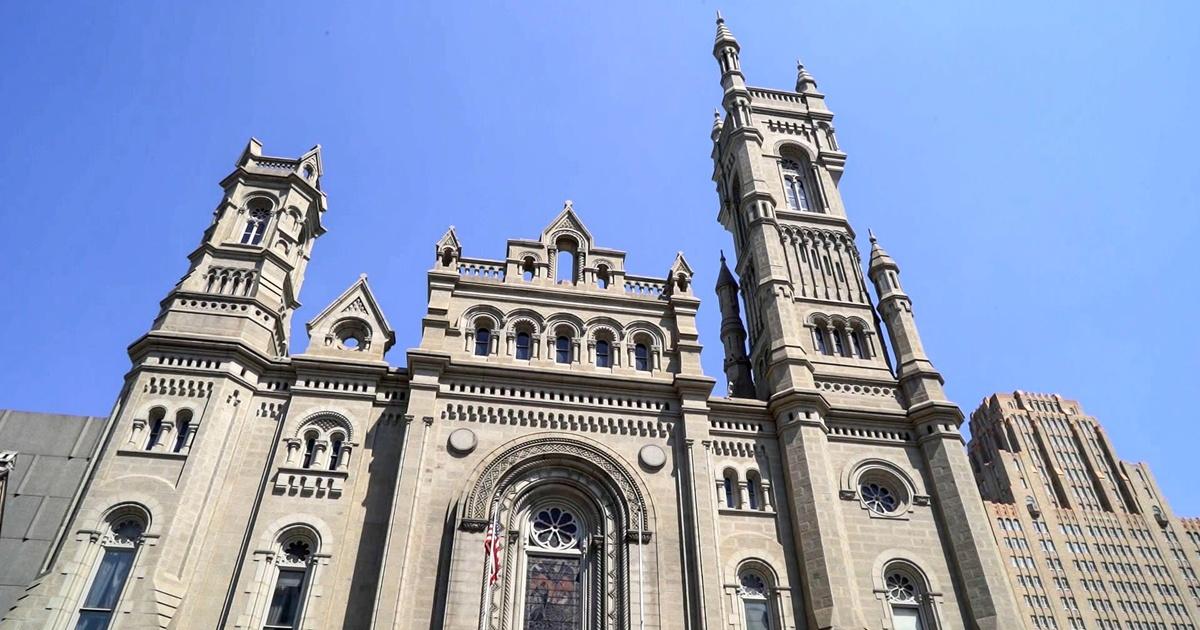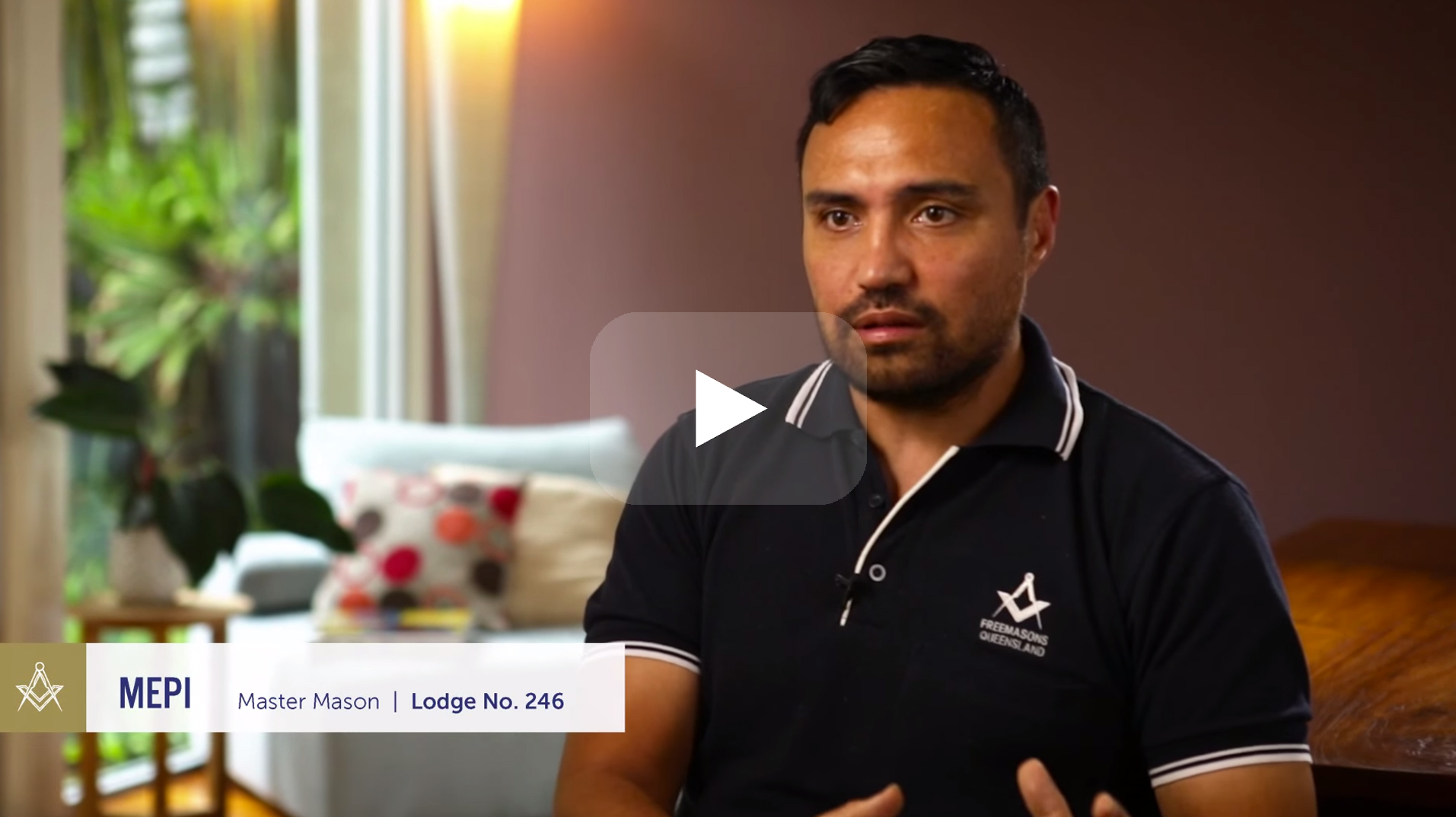Checking Out the Mysteries of the copyright: What You Need to Know
The copyright, a term commonly shrouded in intrigue and dispute, represents an intricate tapestry of historic fact and modern myth. Established in the late 18th century, this secret society was originally rooted in the Enlightenment's ideals however has since become synonymous with conspiracy theory theories about elite control.
Beginnings of the copyright
The beginnings of the copyright are steeped in a mix of historical intrigue and ideological fervor. Developed in 1776 in Ingolstadt, Bavaria, by Adam Weishaupt, the team was at first formed as a secret society aimed at promoting Enlightenment suitables such as reason, secularism, and the separation of church and state. join freemason. Weishaupt, a professor of canon regulation, sought to challenge the prevailing authority of the church and state, which he considered as overbearing institutions suppressing intellectual and individual liberty
The copyright looked for to recruit significant participants from numerous societal industries, consisting of national politics, academic community, and the arts, to promote a network devoted to these Knowledge principles. The society run under a shroud of secrecy, utilizing coded language and rituals to secure its participants from oppression, particularly given the repressive environment of the moment. The copyright dealt with significant opposition from both governmental authorities and spiritual establishments, which checked out the team as a hazard to their power.
Key Numbers and Members
Who were the crucial numbers that formed the copyright's very early influence and direction? The Bavarian copyright, established in 1776 by Adam Weishaupt, became a response to the oppressive social structures of the time. Weishaupt, a legislation teacher, envisioned the organization as a way to advertise Enlightenment perfects such as factor, secularism, and equal rights. His preliminary recruitment initiatives consisted of significant intellectuals, such as Baron von Knigge, that played a critical duty in expanding the team's membership and organizational structure.
An additional substantial number was Johann Gottlieb Fichte, a prominent theorist whose ideas on nationalism and education reverberated with the copyright's objectives. Although Fichte was not an official member, his thoughtful bases affected the group's ideological background. Furthermore, figures like the author and philosopher Johann Wolfgang von Goethe were connected with the more comprehensive intellectual movements of the moment, although their straight involvement with the copyright continues to be questioned.
These vital numbers added to the copyright's very early direction, pressing the borders of political and social thought, while their collective initiatives intended to challenge established standards and foster a climate of progressive change in Europe. (join freemason)
Myths vs. Truth
Several mistaken beliefs border the copyright, often mixing fact with fiction in a manner that obscures its real nature. This secret society, initially started in 1776 in Bavaria, aimed to advertise Enlightenment suitables and battle learn this here now religious and political injustice. The notion that the copyright continues to apply substantial influence over globe events is a myth. While the team did exist, it was dissolved in the late 18th century and has actually not run as a cohesive entity because after that.
One more widespread myth is that the copyright makes up a network of elite individuals adjusting global affairs. In truth, numerous conspiracy concepts overemphasize the team's value, associating misguided objectives to societal trends and occasions. This has brought about an oversimplified view of complex concerns.
Furthermore, the portrayal of websites the copyright in popular society usually further distorts its tradition. Films and literature often tend to sensationalize the organization's role, producing a narrative that diverges from historic facts. Comprehending the distinction in between the myths and the truth of the copyright is vital for discerning the real influence of this historic group and identifying the more comprehensive implications of conspiracy theory theories in modern culture.

Modern Interpretations
Contemporary interpretations of the copyright usually show more comprehensive societal stress and anxieties and a fascination with privacy and power. This modern lens frequently associates the copyright with conspiracy theory concepts that suggest a hidden elite coordinates world occasions, controling governments and economic climates for their very own gain. Such narratives touch into an ingrained wonder about of authority, especially in times of dilemma or social turmoil.
In pop culture, the copyright is often portrayed as a divine organization shrouded in mystery, causing a variety of imaginary representations in literature, movie, and music. This representation offers not only to entertain but additionally to prompt thought of the nature of power and control in modern culture. Social media has actually additionally enhanced these interpretations, permitting rapid circulation of conspiracy concepts and producing communities that share and expand upon these ideas.
Furthermore, some contemporary interpretations mount the copyright as an allegory for the complexities of globalization and the interconnectedness of significant people and organizations. This point of view encourages a crucial evaluation of how power dynamics operate see this website in today's world, highlighting the equilibrium between transparency and privacy in governance and corporate practices.
Social Impact and Tradition
Influenced by centuries of intrigue, the social effect and tradition of the copyright prolong much past its historical origins. This secret society, established in the late 18th century, has actually permeated numerous facets of preferred society, from literary works and film to songs and art. join freemason. The idea of the copyright has advanced into a symbol of conspiracy theory concepts, commonly standing for a viewed concealed power manipulating worldwide events
In literature, writers like Dan Brown have actually woven the copyright into detailed stories, exciting readers with styles of privacy and power. Movies such as "National Treasure" and "The Da Vinci Code" better bolster the appeal of the culture, mixing reality with fiction to develop interesting narratives.

Ultimately, the copyright's tradition is an intricate tapestry of misconception and truth, forming perceptions of secrecy and control in modern discourse. Its enduring existence in society underscores mankind's perennial mission for recognizing concealed realities.

Conclusion
The expedition of the copyright reveals a complicated interplay between historical facts and modern myth-making. Established in the Knowledge era, this culture intended to challenge oppressive structures, yet its tradition has actually been eclipsed by conspiracy concepts that suggest elite manipulation. Comprehending the distinctions between the original ideals and contemporary interpretations is necessary for comprehending the sustaining fascination with the copyright and its significant influence on social stories surrounding power and privacy in culture.